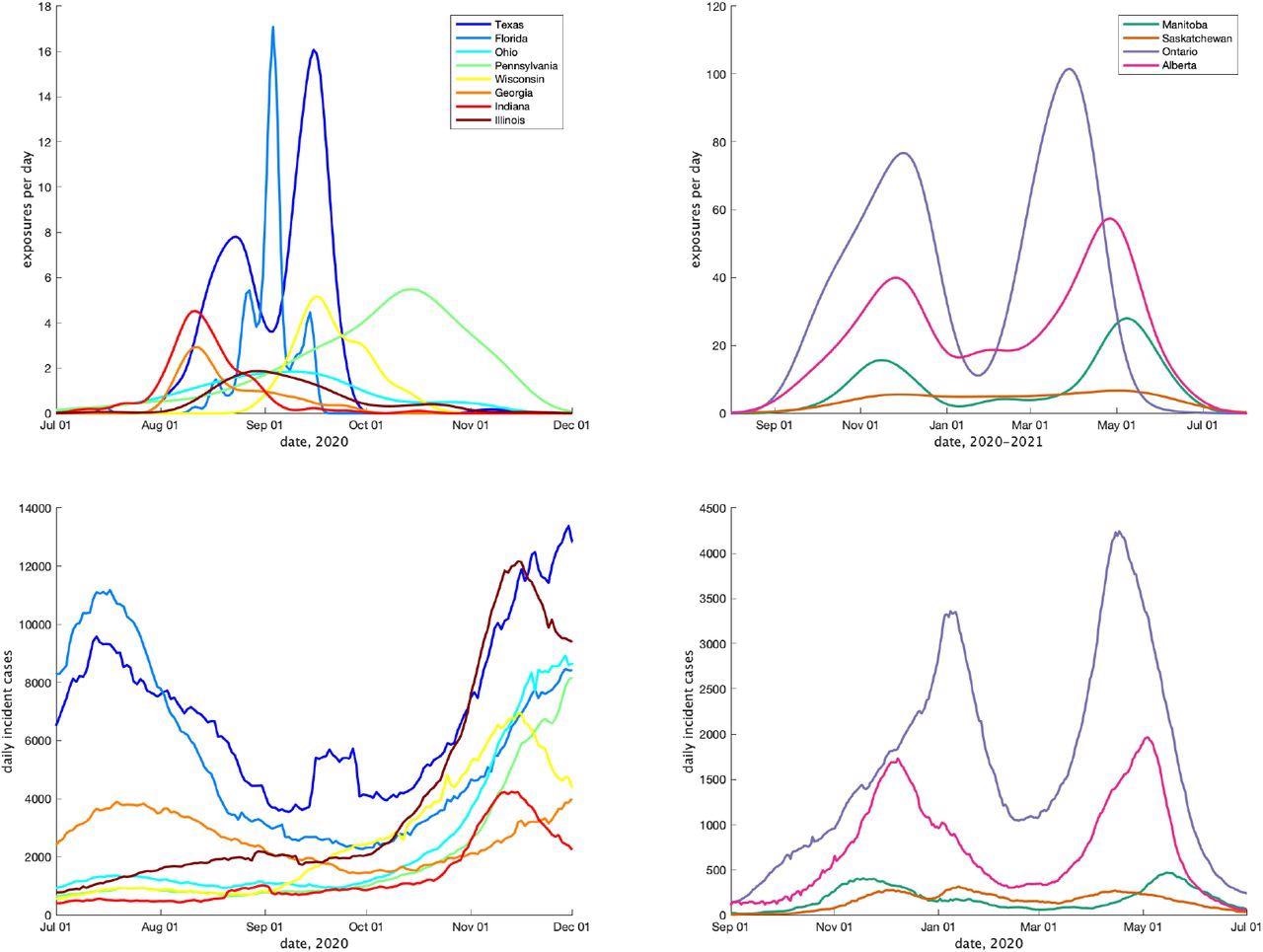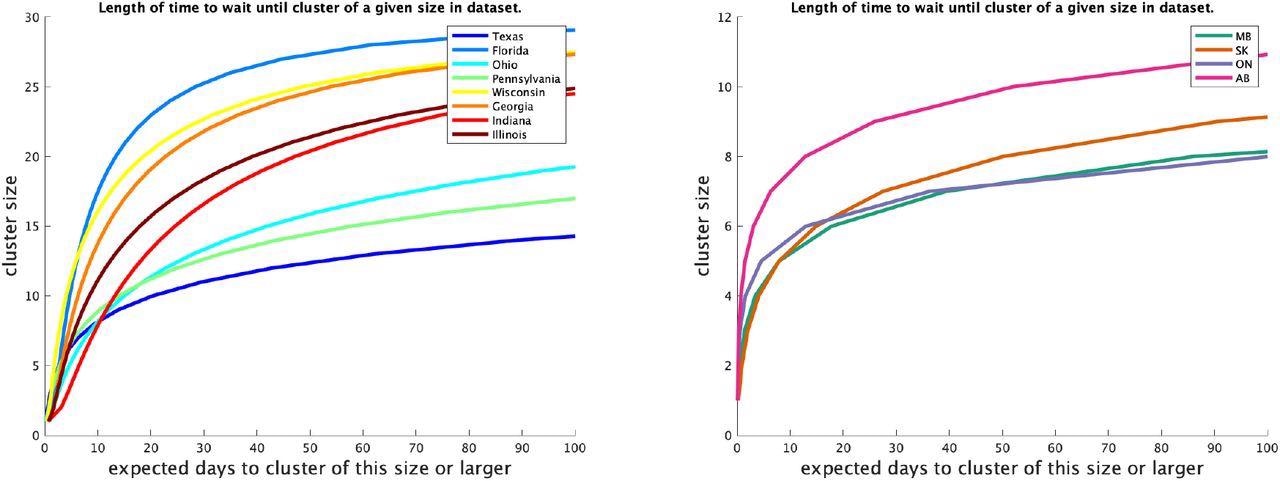
In a recent study published on the preprint server medRxiv*, researchers from Canada explore the frequency, cluster size, and transmission rate of coronavirus disease (COVID-19) in schools using a simple mathematical model.

Study: COVID-19 clusters in schools: frequency, size, and transmission rates from crowdsourced exposure reports. Image Credit: Prostock-studio / Shutterstock.com
SARS-CoV-2 transmission in schools
Current data regarding the role of schools in the spread of the severe acute respiratory syndrome coronavirus 2 (SARS-CoV-2), which is the virus responsible for COVID-19, are contradictory. Even though COVID-19 in children is typically not as severe as in adults, the risk of multisystem inflammatory syndrome in children (MIS-C) is alarming. Furthermore, the spread of SARS-CoV-2 through schools may indirectly place vulnerable populations at risk of infection and thereby affect the safety of the whole community.
More studies are required to determine schools’ involvement in accelerating SARS-CoV-2 transmission, as previous studies do not provide significant data regarding the role of schools.
About the study
The present study used a generalizable model to determine the heterogenicity of the transmission rate of COVID-19 cases in schools and the variation in cluster sizes between 2020-2021 in four Canadian provinces and eight U.S. states. The Canadian data was gathered from COVID Schools Canada and U.S. data was obtained from the National Educational Association website. The study also estimated different jurisdictions’ overdispersion parameters and their mean values.
The data gathered included the school’s name, the number of infected students, and report date. In Canada, total positive cases, including the staff and teachers, were included, whereas in the U.S., only confirmed student cases were included.
The ascertainment fractions were estimated using overdispersion parameter estimates, which were used to determine the unevenness of case distribution between various jurisdiction clusters, the fraction present in 20% of largest clusters, the time required to obtain a particular cluster size in a jurisdiction, and the transmission rate (β) distribution among various index cases. The authors were unable to differentiate between SARS-CoV-2 transmission occurring within schools and those occurring during children’s social activities outside the school.
Study findings
Based on the results, Canada had a higher number of clusters, which may be due to their prolonged period of data collection. The incident rate according to the state-wide data was higher in the U.S. states. This difference may be either because of the reduced likelihood of smaller clusters to be reported or as a result of incomplete data.
Canada had lower observed dispersion than the U.S., as the estimated mean cluster size of different jurisdictions in the study ranged from 1.3 to 1.7 cases in Canada and 2-8 cases in the U.S. However, there was scope for bias, as most detected single-case clusters may cause an upward bias in cluster sizes and fewer cases detected in a cluster with multiple cases may lead to downward bias.
Using a simple classroom transmission model, the transmission rate per contact time per unit time was calculated. The findings from the study can be applied to estimate the time required to observe a larger cluster in a jurisdiction. The estimates varied between five days to more than 50 days for different jurisdictions in the study.
The study was not focused on the information on individual-level transmission or mean COVID-19 cluster size; however, using the distribution of a Poisson random variable for cluster size and an underlying Gamma-distributed random variable, the transmission rate β was determined.
The effects of social distancing, masking, and bubbling (maintaining the list of contacts constant) were also studied. To this end, it was found that masking and decreasing the class size were much more effective in reducing cluster size than bubbling.

Conclusions
The authors propose a simple model that uses cluster size data to obtain information on the mean size, transmission rate, and frequency of COVID-19 through schools from data stored in public health institutions without requiring contact tracing or individual-level data. The study reports that the major part of school transmission occurs in a small number of classrooms, with the 20% largest clusters having about 80%-100% of the secondary cases.

The current study developed a method for individual-to-individual transmission rate detection from the cluster size data. Further, the findings discussed here highlight the importance of data collection in determining the size of the cluster.
The approach used in this study can be generalized for comparing other settings like workplace outbreaks. Moreover, this data helps in reducing school or workplace-related SARS-CoV-2 transmission by providing effective intervention designs.
Most of the children aged 12 years or older in the U.S. and Canadian jurisdictions studied have been vaccinated in 2021, as is the general population. This will lead to fewer COVID-19 cases in general, fewer exposures in schools, and fewer clusters. However, the emergence of more infectious SARS-CoV-2 variants of concern like the Alpha, Delta, and Omicron variants may lead to the resurgence of clusters.
*Important notice
medRxiv publishes preliminary scientific reports that are not peer-reviewed and, therefore, should not be regarded as conclusive, guide clinical practice/health-related behavior, or treated as established information.
- Tupper, P., Pai, S., COVID Schools Canada, & Coljin, C. (2021). COVID-19 clusters in schools: frequency, size, and transmission rates from crowdsourced exposure reports. medRxiv. doi:10.1101/2021.12.07.21267381. https://www.medrxiv.org/content/10.1101/2021.12.07.21267381v1.
Posted in: Child Health News | Medical Research News | Disease/Infection News
Tags: Child Health, Children, Coronavirus, Coronavirus Disease COVID-19, Frequency, Public Health, Respiratory, SARS, SARS-CoV-2, Severe Acute Respiratory, Severe Acute Respiratory Syndrome, students, Syndrome, Virus

Written by
Susha Cheriyedath
Susha has a Bachelor of Science (B.Sc.) degree in Chemistry and Master of Science (M.Sc) degree in Biochemistry from the University of Calicut, India. She always had a keen interest in medical and health science. As part of her masters degree, she specialized in Biochemistry, with an emphasis on Microbiology, Physiology, Biotechnology, and Nutrition. In her spare time, she loves to cook up a storm in the kitchen with her super-messy baking experiments.
Source: Read Full Article